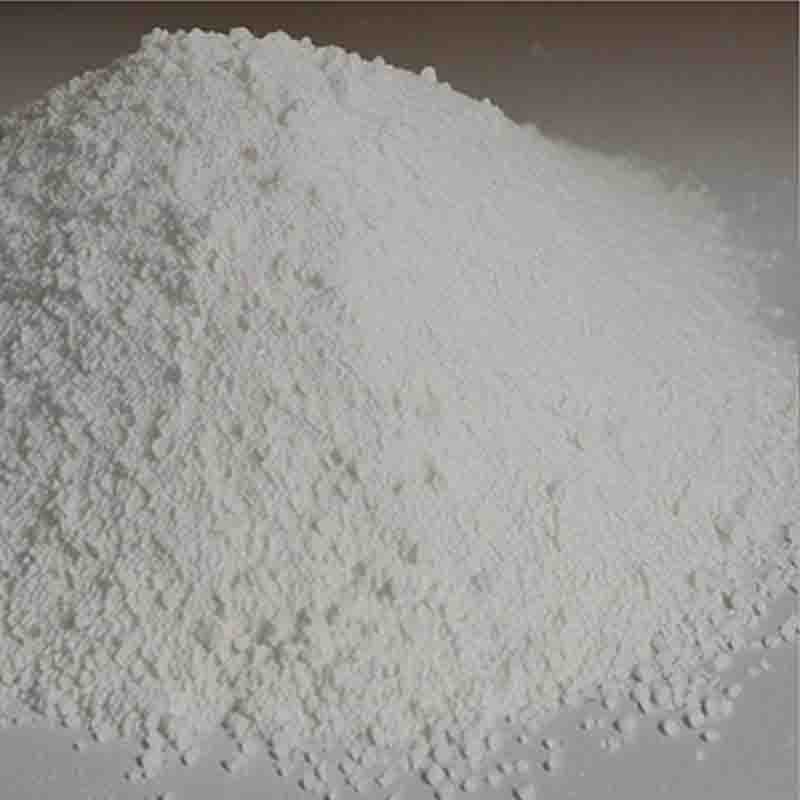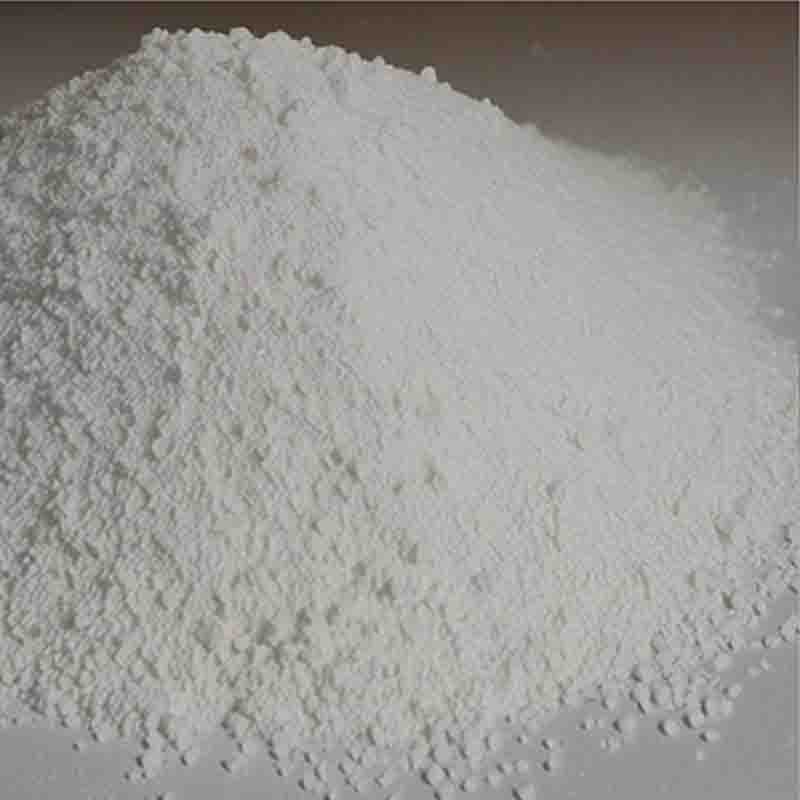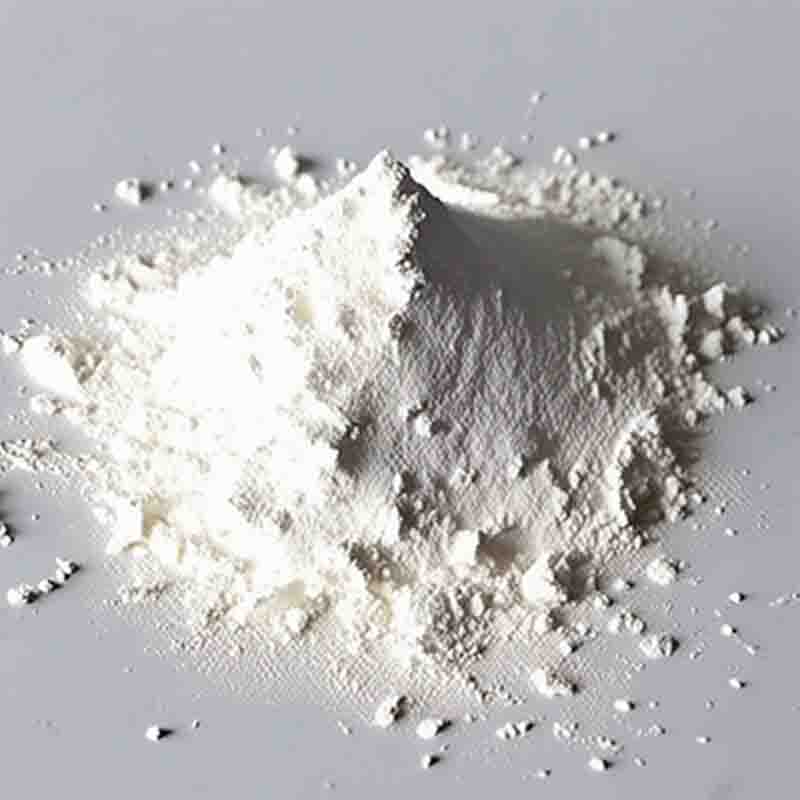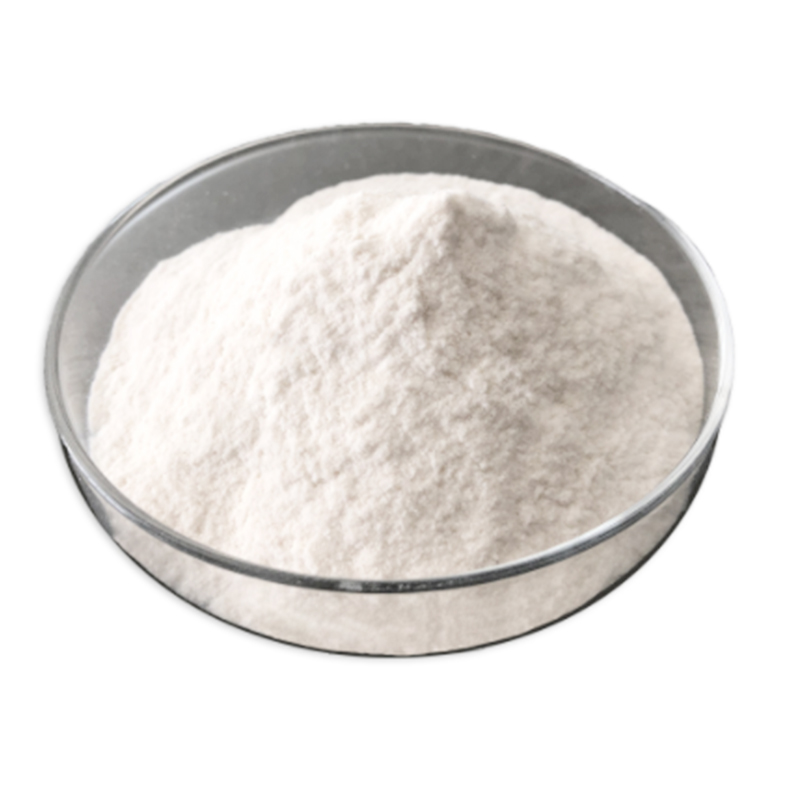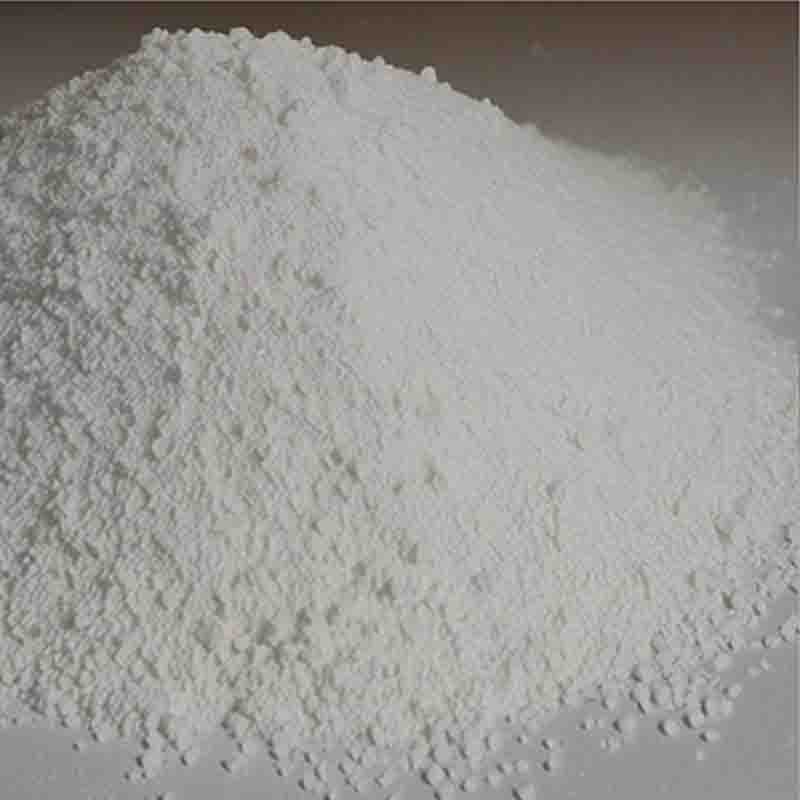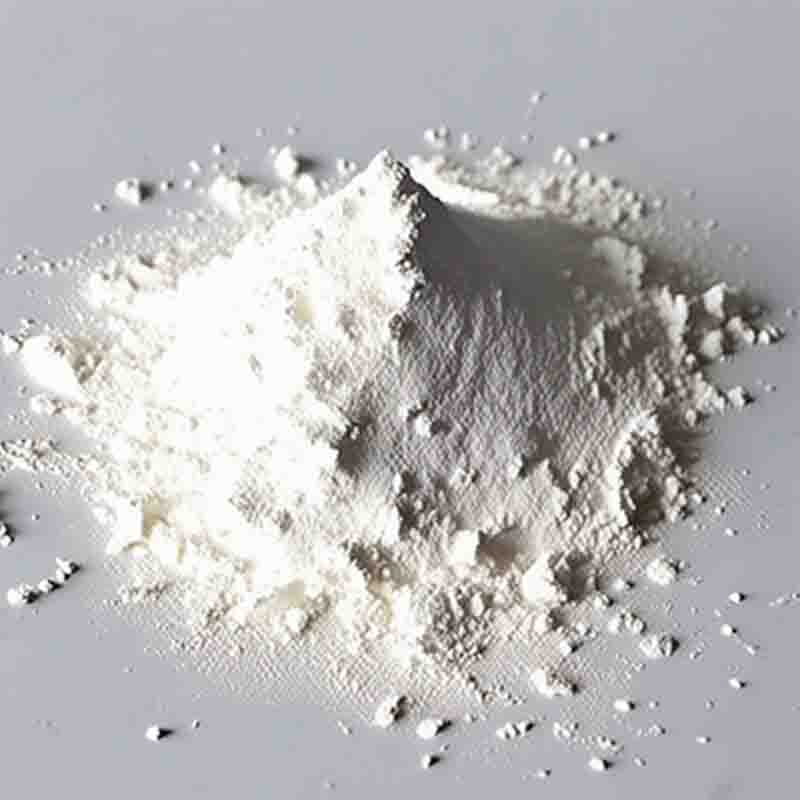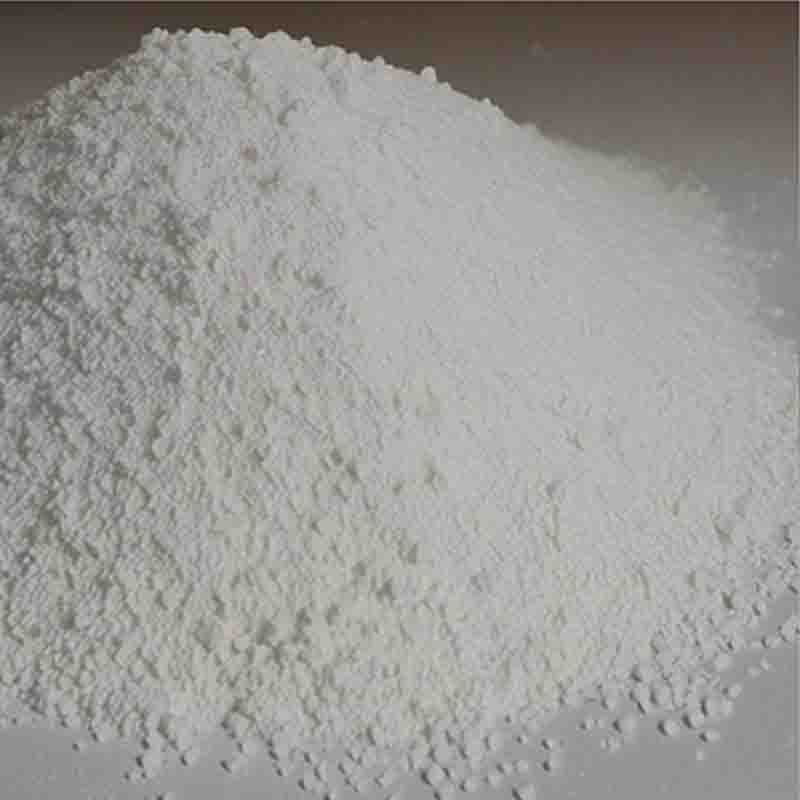3-Aminobenzylmethylamine CAS:18759-96-1
| Catalog Number | XD95229 |
| Product Name | 3-Aminobenzylmethylamine |
| CAS | 18759-96-1 |
| Molecular Formula | C8H12N2 |
| Molecular Weight | 136.19 |
| Storage Details | Ambient |
Product Specification
| Appearance | White powder |
| Assay | 99% min |
3-Aminobenzylmethylamine is an organic compound with the chemical formula C8H12N2. It consists of a methyl group attached to an amino group (-NH2) at the meta position of a benzene ring. In this 300-word response, we will explore the effects and significance of 3-Aminobenzylmethylamine in various fields.One significant effect of 3-Aminobenzylmethylamine is its potential as a building block in the synthesis of biologically active compounds. The presence of both an amino group and a methyl group in its structure makes it a valuable precursor for the development of pharmaceuticals and agrochemicals. By manipulating these functional groups, chemists can create derivatives with specific properties and target specific biological pathways. These derivatives may exhibit enhanced efficacy and reduced side effects compared to existing drugs.In the field of pharmaceuticals, 3-Aminobenzylmethylamine derivatives have shown promising biological activity. For example, some derivatives have displayed anticancer activity by inhibiting specific cellular pathways involved in tumor growth and metastasis. This makes them attractive candidates for the development of novel anticancer drugs.In addition to its potential in cancer research, 3-Aminobenzylmethylamine derivatives have also shown antimicrobial activity. They have demonstrated inhibitory effects against various strains of bacteria and fungi, including drug-resistant strains. This antimicrobial activity opens up possibilities for the development of new antibiotics and antifungal agents to combat microbial infections.Furthermore, 3-Aminobenzylmethylamine derivatives have been studied for their potential use as ligands in coordination chemistry. Coordination compounds formed by 3-Aminobenzylmethylamine and transition metals can exhibit unique properties and reactivity. These compounds can be utilized in catalysis, electronics, and materials science applications.In summary, 3-Aminobenzylmethylamine is a versatile compound with significant effects in various fields. Its potential as a building block for the synthesis of biologically active compounds offers opportunities for the development of new drugs and agrochemicals. The anticancer and antimicrobial activities of its derivatives suggest their importance in the fight against cancer and microbial infections. Additionally, its use in coordination chemistry expands its application in catalysis and materials science. Further research and development in these areas will contribute to advancements in medicine, agriculture, and materials technology.


